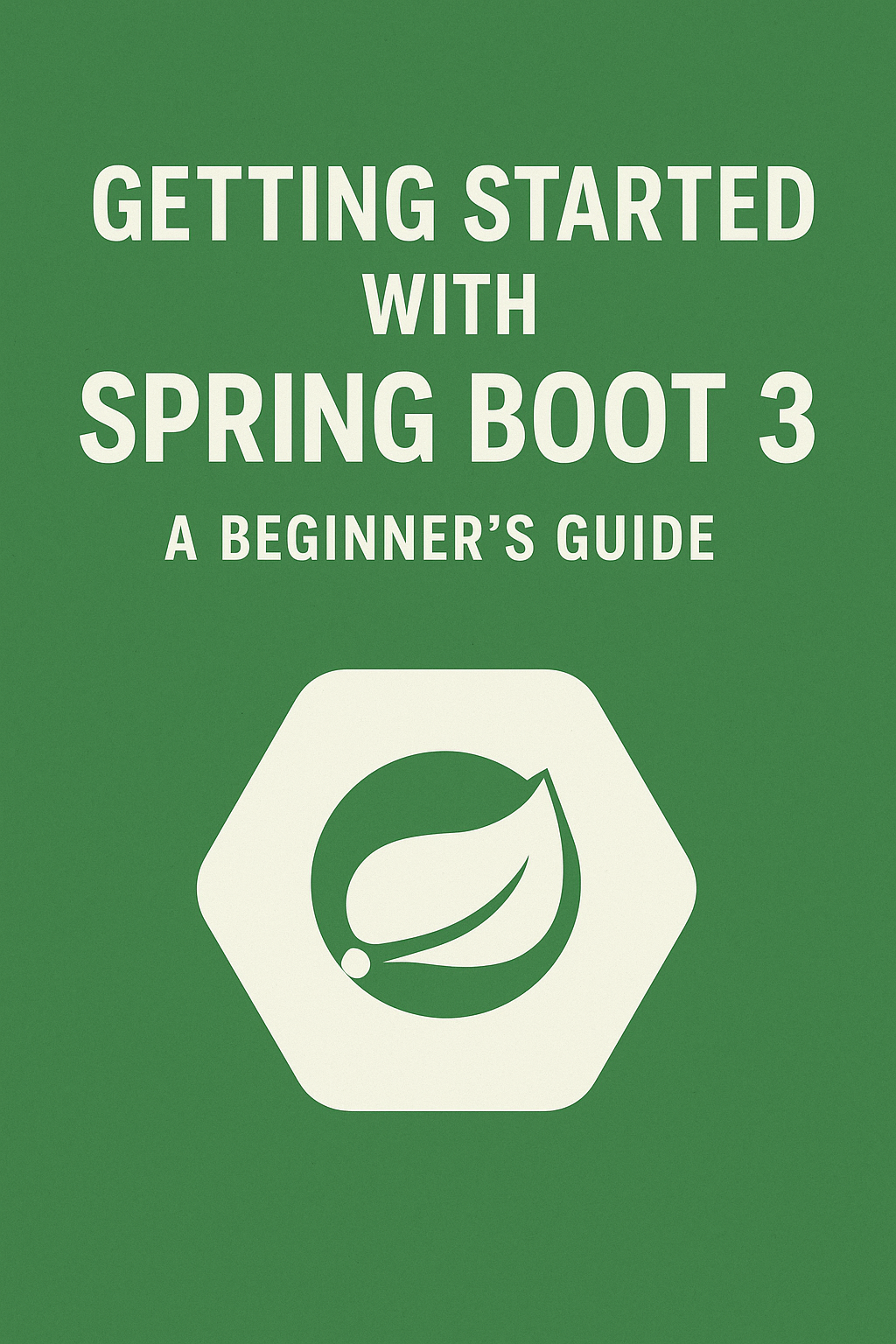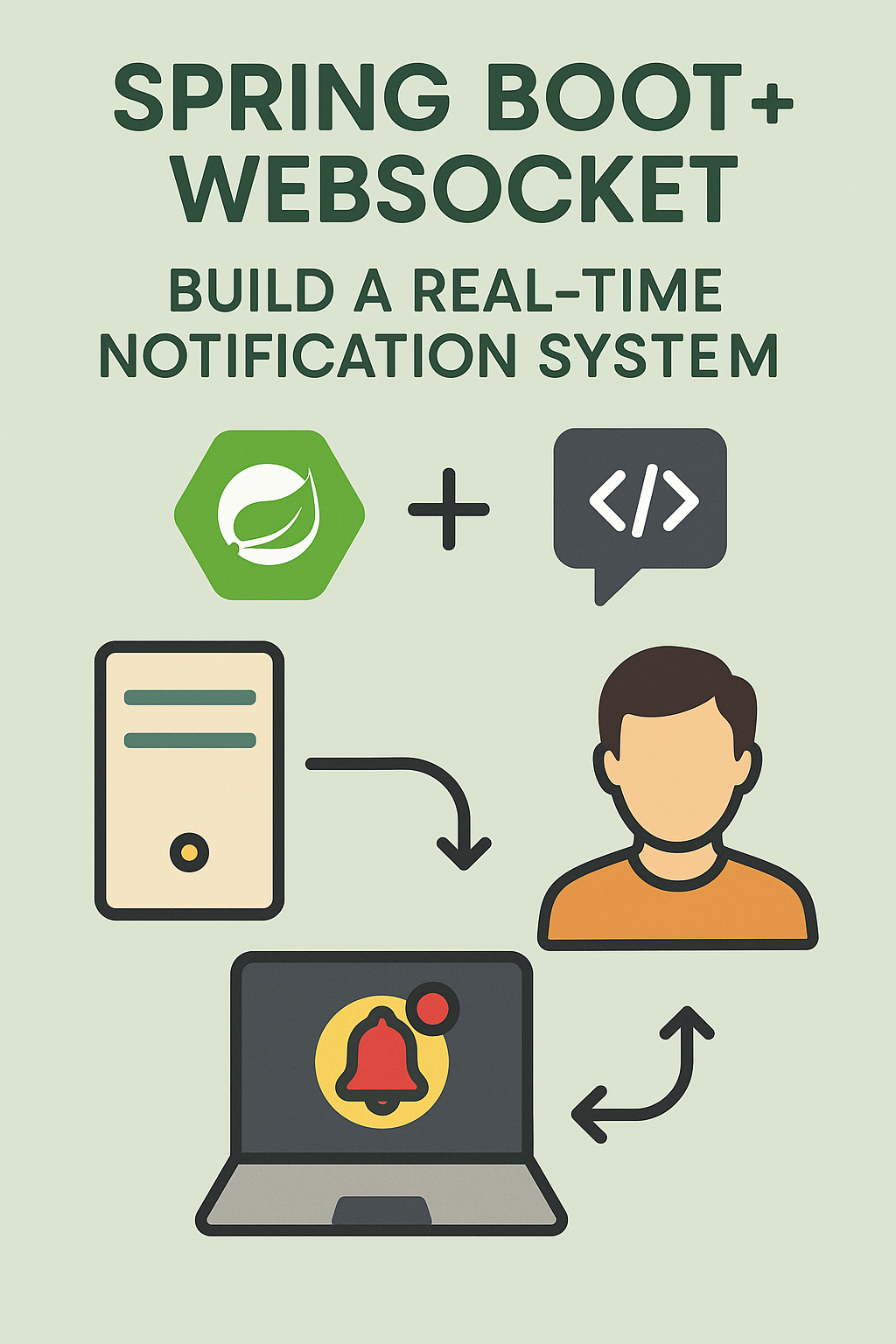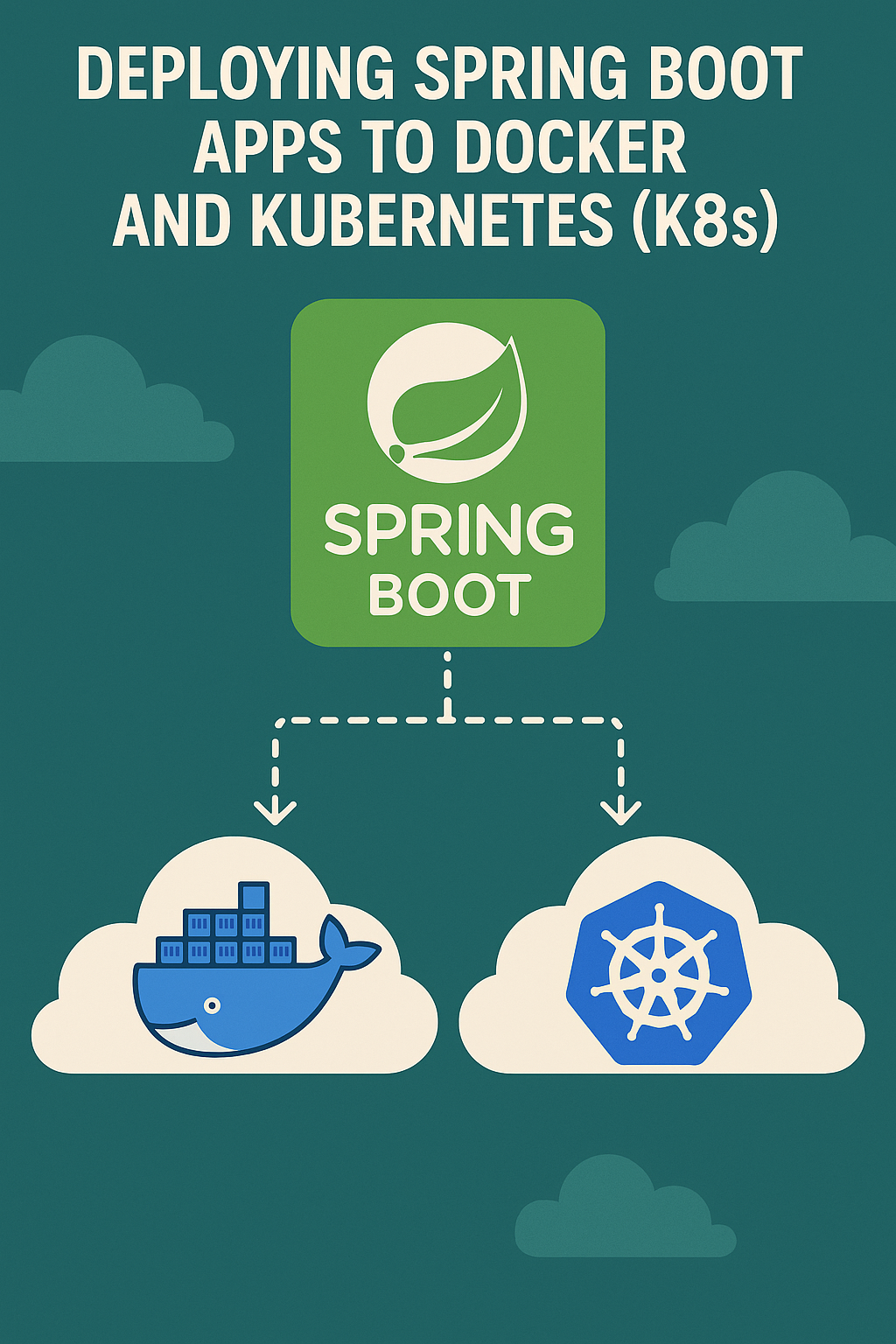
If you’re new to backend development with Java, or looking to modernize your stack, Spring Boot 3 is the best place to start. It combines the power of the Spring Framework with simplified configuration, embedded servers, and production-ready tools — all optimized for Java 17+.
In this guide, you’ll learn how to get started with Spring Boot 3, build your first API, and understand the project structure step by step. Whether you’re launching a new project or transitioning from an older Spring version, this is your one-stop beginner’s guide.
🧠 What is Spring Boot?
Spring Boot is a framework built on top of the Spring ecosystem. It reduces boilerplate code and simplifies the configuration of Spring-based applications.
🔑 Key Features:
- Embedded Tomcat/Jetty server — no WAR deployment needed
- Auto-configuration based on dependencies
- Starter dependencies for rapid development
- Health checks, metrics, and externalized configuration
- Built-in support for REST APIs, security, data access, and more
⚙️ Prerequisites
Before starting, make sure you have:
- Java 17 or higher installed
- A Java IDE like IntelliJ IDEA, VS Code, or Spring Tool Suite
- Maven or Gradle for dependency management
- Internet access to download dependencies
🚀 Step 1: Create Your Project with Spring Initializr
Head over to start.spring.io and configure your project:
- Project: Maven or Gradle
- Language: Java
- Spring Boot version: 3.x
- Group:
com.example - Artifact:
demo - Dependencies:
- Spring Web
- Spring Boot DevTools
Click Generate, unzip the downloaded file, and open it in your IDE.
📁 Step 2: Explore the Project Structure
Your generated project will look like this:
src/
├── main/
│ ├── java/
│ │ └── com/example/demo/
│ │ ├── DemoApplication.java
│ │ └── controller/
│ └── resources/
│ ├── application.properties
│ └── static/
└── test/
Key files:
DemoApplication.java— main entry pointapplication.properties— configuration filecontroller/— where we’ll create our REST API
🛠️ Step 3: Create a Simple REST Controller
Create a new file HelloController.java inside com.example.demo.controller:
package com.example.demo.controller;
import org.springframework.web.bind.annotation.GetMapping;
import org.springframework.web.bind.annotation.RestController;
@RestController
public class HelloController {
@GetMapping("/api/hello")
public String sayHello() {
return "Hello from Spring Boot 3!";
}
}
▶️ Step 4: Run the Application
In your IDE, run the DemoApplication.java class, or use the terminal:
./mvnw spring-boot:run
Now visit: http://localhost:8080/api/hello
You should see:
Hello from Spring Boot 3!
⚙️ Step 5: Customize Configuration
Edit src/main/resources/application.properties:
server.port=8081
spring.application.name=demo-app
You’ve just changed the port and given your app a custom name.
🧱 Optional: Add a Service Layer
Let’s refactor with a service for better separation of concerns:
HelloService.java
package com.example.demo.service;
import org.springframework.stereotype.Service;
@Service
public class HelloService {
public String getGreeting() {
return "Hello from the service layer!";
}
}
HelloController.java
@Autowired
private HelloService helloService;
@GetMapping("/api/service-hello")
public String getHelloFromService() {
return helloService.getGreeting();
}
This structure scales better for real-world applications.
🔎 Spring Boot 3 Highlights
Spring Boot 3 introduced several modern enhancements:
✅ Requires Java 17+
✅ Supports GraalVM native images for faster startup
✅ Improved AOT (Ahead-of-Time) compilation
✅ Better Observability & Micrometer support
✅ Cleaned up deprecated APIs and more modular structure
🧠 Final Thoughts
Spring Boot 3 is an excellent starting point for building modern, secure, and scalable Java applications. With built-in support for REST APIs, auto-configuration, and easy project setup, it drastically simplifies backend development — whether you’re building a microservice or a full SaaS platform.
Now that your basic app is working, consider adding:
- ✅ CRUD endpoints with Spring Data JPA
- ✅ Authentication with Spring Security
- ✅ Integration with PostgreSQL or MySQL
- ✅ Unit and integration tests
- ✅ Docker support for deployment


